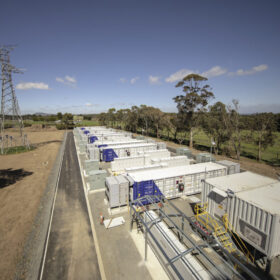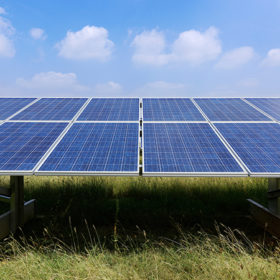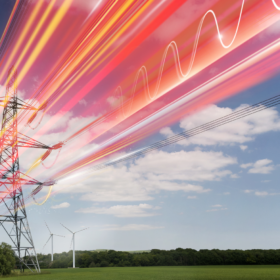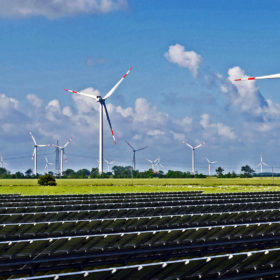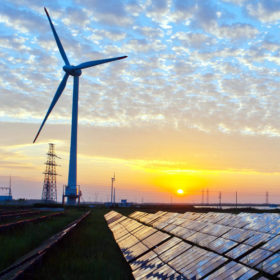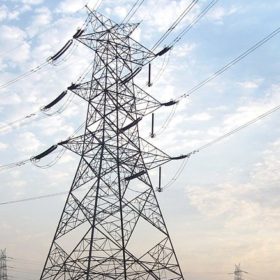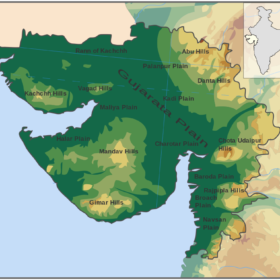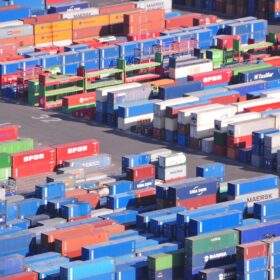Battery storage operations in India’s power exchanges became profitable for the first time in 2024: Ember
New battery projects commissioned in 2025 could deliver internal rates of return (IRR) of 17% by operating in power exchanges, owing to falling upfront costs and rising revenue potential, says the Ember report.
Navigating the ripple effects of renewable energy variability on grid stability
integrating variable renewable energy sources into conventional power systems requires a delicate balance of technology, operational excellence, and regulatory compliance. While AI and ML have become indispensable tools in the modern energy toolkit, they are most effective when paired with on-ground human insight and proactive asset management.
Meeting evening peaks with clean power requires a three-pronged strategy: IEEFA
The persistent evening peaks, which now nearly match daytime highs, reinforce the urgency of deploying storage solutions, demand-side measures and hybrid renewable projects to meet post-sunset demand.
Hitachi Energy introduces Grid-enSure to advance India’s transition to sustainable energy
Hitachi Energy’s Grid-enSure portfolio comprises high-voltage direct current (HVDC), static compensator, static frequency converter, medium-voltage direct current solution, energy storage and semiconductor solutions to address the challenges in integrating renewables into power systems.
Integrating higher share of renewable energy in India’s power system
To increase the share of renewable energy, India needs to introduce demand-side measures like time-of-use tariffs, develop a well-connected national grid, deploy various energy storage options for grid balancing services, and convert its fossil-fuel-powered fleet to operate flexibly.
One Nation, One Grid, One Price
The Indian power sector is set for a revolution with the proposed market-based economic dispatch (MBED) mechanism. MBED aims to establish a uniform pricing framework that prioritizes the least cost and most efficient generators while backing down more expensive ones, thereby creating a national merit order.
Flagging off the energy transition decade
With the draft National Electricity Policy (NEP) 2021, India is providing the right policy direction for this decade of the energy transition. Yet, there is room for further improvement.
Implementing time-of-use tariff for peak load management
Time-of-use (ToU) tariff can be applied to encourage domestic and industrial consumers to shift their electricity usage to non-peak hours, thereby reducing the system’s load during peak periods. A new study examines the feasibility of the ToU tariff policy in the state of Gujarat. It also suggests a framework and effective roadmap for the utilities to understand the procedure and required infrastructure to implement ToU.
Ieefa proposes a three-pronged approach for grid firming
A new report discusses battery storage, green hydrogen, and flexible coal-fired power generation as key grid firming options for India as solar and wind are poised to form 51% of the nation’s total installed generation capacity by 2030.
TERI, POSOCO partner on grid balancing research
The partnership will lead to enhanced power system modeling backed with rich data-sets to identify interventions for addressing power sector problems like grid instability.
